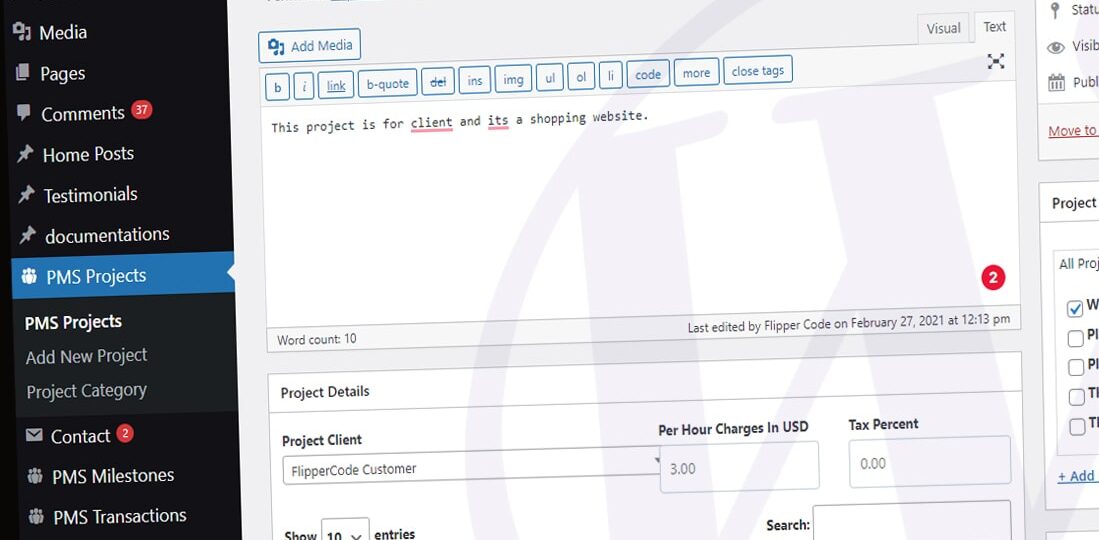
Custom post types & custom fields are widely used at our company and without these, we can’t imagine a website other than a blog.
We don’t use any plugin to create custom post types because of following reasons.
- To avoid unnecessary dependencies on third party plugins.
- Errors in the upcoming release of the plugin can affect our custom programming and might be bugs on the live site.
- If client uninstalls this accidentally after a long period of development which happens sometimes.
This guides is about to create dynamic custom post types using procedure & oops programming and we guess after reading it, you’ll never use any plugin because it’s super easy to do.
Procedural Way to Create a Custom Post Types
Procedure oriented programming is preferred if you’re creating a custom post type in theme. You can write it in functions.php located at your installed theme. Below are the steps to understand it easily.
- Step 1: Make sure WordPress recognize your function on load so we use “init” action to register our function.
add_action( 'init', 'create_custom_post_type' );
- Step 2: now in the definition of function ‘create_custom_post_type’, we can register as many as custom post type we need.
function create_custom_post_type() { register_post_type( 'slides', array( 'labels' => array( 'name' => __( 'Slides' ), 'singular_name' => __( 'Slide' ) ), 'public' => true, 'has_archive' => true, ) ); }Note: If we’re creating custom post type to save some private data, don’t make it ‘public’=>true and not need for ‘has_archive’=>true if the custom post type is not public.
OOPS Way to Create a Custom Post Types
Object oriented programming is preferred if you’re creating a custom post type using a plugin. Below is “Custom_Posts” class which we use for our projects.
class Custom_Posts {
function __construct($init) {
$this->settings = $init;
add_action( 'init', array(&$this, 'add_custom_post_type') );
}
function add_custom_post_type() {
register_post_type( $this->settings['slug'],
array(
'labels' => array(
'name' => __( $this->settings['name'] ),
'singular_name' => __( $this->settings['singular_name'] )
),
'public' => $this->settings['is_public'],
'has_archive' => $this->settings['has_archive'],
)
);
}
}
Now you need to just initialize this object with your new custom post settings. Below is example code to create a SLIDES custom post type.
$custom_posts = array(
"slug" => "slides",
"name" => "slides",
"singular_name" => "slide",
"is_public" => true,
"has_archive" => false,
);
$var = new Custom_Posts ($custom_posts);
Conclusion
Adding too many custom post types is not a good practice because that’s can affect your speed of database transactions. Some of the developers prefer a dedicated category of the posts instead of a new custom post types which are not a good idea. If you don’t want to make your custom post type public, I’d prefer a new custom table instead of a new custom post type.
Explore the latest in WordPress
Trying to stay on top of it all? Get the best tools, resources and inspiration sent to your inbox every Wednesday.



